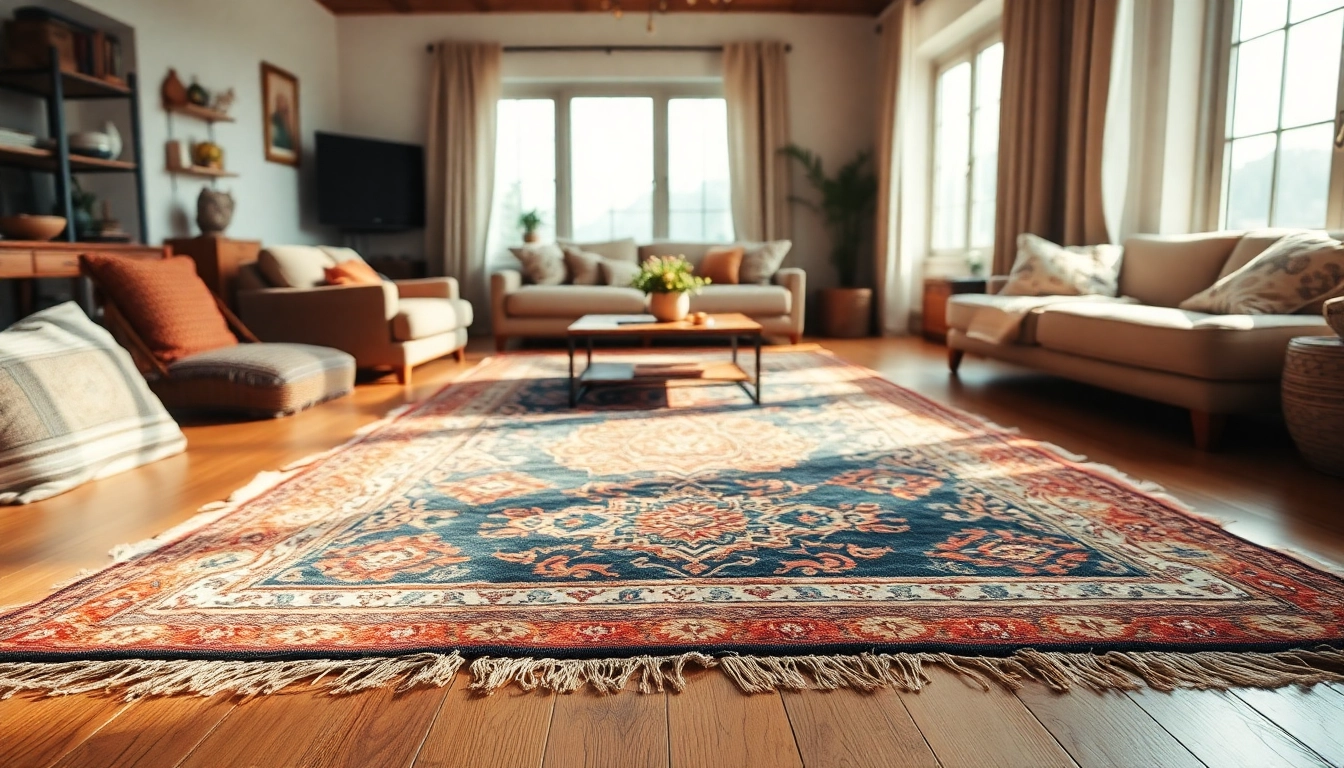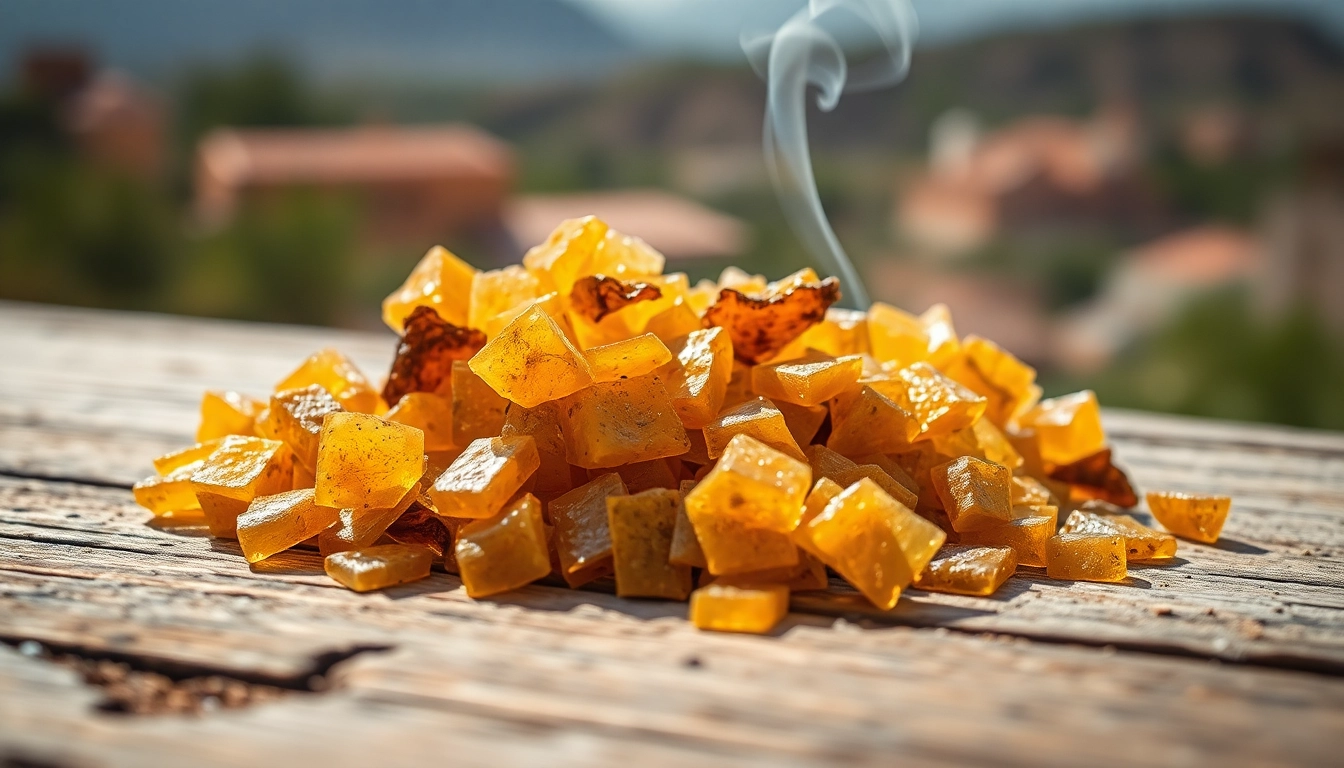What are Boujaad Vintage Rugs?
Boujaad vintage rugs are a type of hand-woven carpet originating from the Boujaad region in Morocco, celebrated for their vibrant colors, unique patterns, and intricate craftsmanship. These rugs are made using traditional techniques that have been passed down through generations, representing the rich cultural heritage of the Berber people. Boujaad vintage rugs offer a distinctive aesthetic that can complement a variety of interior styles, making them a sought-after choice for both collectors and interior designers alike.
The History Behind Boujaad Rugs
The history of Boujaad rugs is rooted in the rich traditions of the Berber tribes of Morocco, specifically the Middle Atlas region where the Boujaad area is located. Dating back centuries, these rugs were primarily created for domestic use, serving as blankets, bedding, and even as decorations in the tents of nomadic tribes. Each rug tells a unique story woven into the fabric through symbols and motifs that reflect the weaver’s personal journey, tribal affiliation, and the surrounding environment. As the weaving techniques evolved, the rugs became not just functional objects but also significant cultural artifacts, representing the artistry and identity of the Berber people.
Traditional Weaving Techniques
Traditional weaving techniques play a crucial role in the production of Boujaad rugs. The process begins with the selection of high-quality wool, which is typically sourced from local sheep. After washing and carding the wool, artisans dye it using natural materials, such as plants, to create vibrant, earthy colors. This natural dyeing process is essential, as it ensures that the colors are unique and rich, contributing to the overall aesthetic of the rug.
The weaving itself is done on vertical looms, where skilled artisans interlace the dyed wool strands to form intricate patterns. The designs often feature asymmetrical geometric shapes and vibrant color combinations, a signature characteristic of Boujaad rugs. This craftsmanship requires immense skill and patience, with many rugs taking weeks or even months to complete. Each rug is one-of-a-kind, reflecting not only the individual style of the weaver but also the cultural heritage of the Berber tribes.
Unique Characteristics of Boujaad Rugs
Boujaad rugs are renowned for their unique characteristics that set them apart from other types of Moroccan rugs. One of the most prominent features is the use of asymmetrical patterns, ranging from bold geometric shapes to more abstract forms that evoke the natural landscape of Morocco. Additionally, Boujaad rugs are typically crafted using a soft, fluffy pile, making them both durable and comfortable underfoot.
The colors utilized in Boujaad rugs are predominantly vibrant hues of red, orange, blue, and yellow, which often symbolize various elements of the weaver’s environment and experiences. These colors are not merely decorative; they carry cultural significance, often representing concepts like fertility, protection, and joy. Furthermore, the materials used are eco-friendly, aligning with contemporary demands for sustainable textiles.
The Craftsmanship of Boujaad Vintage Rugs
Handmade vs. Machine-Made Rugs
When considering Boujaad vintage rugs, it is important to understand the difference between handmade and machine-made options. Handmade rugs undergo a meticulous process that requires significant labor and craftsmanship, resulting in a product that is not only unique but also imbued with cultural significance. Each knot and woven strand in a handmade rug reflects the artist’s skill and intention, making it a one-of-a-kind item.
In contrast, machine-made rugs, while often more affordable, do not possess the same level of uniqueness or quality. They are mass-produced, using synthetic materials and automated techniques that lack the intricacy and authenticity of handmade items. For collectors or those looking to invest in home decor, the value of a handcrafted Boujaad rug far outweighs the convenience of cheaper, machine-made alternatives.
Choosing Quality: How to Identify Authentic Boujaad Rugs
Identifying an authentic Boujaad rug is crucial for anyone looking to make a meaningful purchase. Here are several tips to help determine the quality and authenticity of Boujaad rugs:
- Look for Handmade Characteristics: Traditional Boujaad rugs will have slight imperfections due to the handmade process, unlike machine-made counterparts, which will be uniformly perfect in appearance.
- Check the Materials: Authentic Boujaad rugs are typically made from 100% wool, which feels soft and plush. Be cautious of rugs made from synthetic fibers.
- Examine the Weave: A well-made rug will showcase a dense and tight weave. Running your fingers through the pile should reveal a thick, plush texture.
- Patterns and Colors: Authentic rugs will feature bold colors and asymmetrical patterns, often reflecting the weaver’s personal style or local symbols.
Additionally, sourcing rugs from reputable retailers or direct from artisans can help ensure authenticity. It’s beneficial to ask the seller about the rug’s origin and the story behind its creation.
The Role of Berber Women in Weaving
Berber women play an essential role in the creation of Boujaad rugs, often being the primary artisans involved in the weaving process. These women not only contribute their skills but also such traditions and cultural narratives through their art. Weaving provides these women with economic opportunities and a means of empowerment in a society where they have historically faced various challenges.
The act of weaving serves as a form of cultural expression and preservation—each woman weaves patterns and colors that reflect her experiences and the stories of her community. Many organizations are working to support Berber women by promoting their handcrafted rugs in broader markets, which helps to ensure that these traditions continue and thrive for future generations. This empowerment through craftsmanship also allows these women to contribute to their households financially, enabling a more significant role within their families and communities.
Styling Tips for Boujaad Vintage Rugs
Incorporating Boujaad Rugs into Modern Decor
Boujaad rugs can be beautifully incorporated into modern decor, adding warmth and a touch of traditional craftsmanship to contemporary spaces. Here are some styling tips for integrating these rugs:
- Layering: Consider layering a Boujaad rug on top of a larger, neutral-toned area rug. This not only adds depth but also showcases the intricate designs of the Boujaad underneath.
- Mixing Textures: Combine the rich textures of Boujaad rugs with sleek and modern furniture pieces to create a dynamic look that balances traditional charm with contemporary style.
- Creating a Focal Point: Use a Boujaad rug to anchor a seating area. Position furniture around the rug to create a cohesive and inviting space.
- Accent Colors: Pull accent colors from the rug to dress other elements in the room, such as cushions, art, or curtains, ensuring that the overall decor feels harmonious.
Color Combinations and Room Themes
When selecting a Boujaad rug, consider the existing color scheme of your room. The vibrant hues often found in these rugs can be complemented with various color palettes. Here are a few ideas:
- Neutral Base: Use a neutral palette for walls and large furniture pieces to allow the colors of the Boujaad rug to shine as a focal point.
- Earthy Tones: Surround the rug with earthy tones (browns, greens, and beige) for a bohemian or rustic look that evokes the natural landscape of Morocco.
- Bold Contrasts: Pair a Boujaad rug with bold, contrasting colors, such as deep blues or rich greens, to create a striking and modern aesthetic.
Caring for Your Boujaad Vintage Rug
Caring for your Boujaad rug is essential for maintaining its beauty and durability. Here are practical care tips:
- Regular Cleaning: Vacuum the rug regularly using a vacuum cleaner with a soft brush attachment to prevent dirt buildup. Be careful not to tug on the fibers too hard.
- Spot Cleaning: For spills, blot the area immediately with a clean cloth—avoid rubbing as this can damage the fibers. Use a mild detergent mixed with water for stain removal.
- Professional Cleaning: Consider having the rug professionally cleaned periodically to preserve its quality, especially if it is heavily soiled or shows signs of wear.
- Avoid Direct Sunlight: Keep the rug out of direct sunlight to prevent fading over time. Use curtains or blinds to modulate light exposure.
Market Trends and Pricing for Boujaad Vintage Rugs
Current Market Value: What to Expect
The market for Boujaad vintage rugs has seen significant growth over recent years, driven by a renewed interest in unique, handmade decor. Prices can vary widely based on factors such as size, age, craftsmanship, and overall design complexity. On average, buyers can expect to pay anywhere from $200 to $1,500, with rare or larger pieces potentially reaching much higher prices.
Collectors often find value in the provenance of the rug, which can affect pricing. Rugs featuring unique patterns or historical significance tend to command higher prices due to their rarity. Additionally, the increase in demand for sustainable and ethically made home goods has also positively impacted the market for Boujaad rugs.
Where to Shop for Authentic Boujaad Rugs
Finding authentic Boujaad rugs requires research and a discerning eye. The best places to shop include:
- Artisan Markets: Visiting local Moroccan markets where artisans sell their rugs directly can provide an opportunity to purchase authentic pieces.
- Online Retailers: Websites specializing in Moroccan decor and rugs often have a curated selection of Boujaad vintage rugs. Ensure to buy from reputable sites offering clear descriptions and certifications of authenticity.
- Antique Shops: Many antique shops or vintage stores feature authentic Boujaad rugs, sometimes at competitive prices, particularly when they’re older or rare pieces.
- Co-operatives: Supporting Berber co-operatives that empower local weavers by directly selling their rugs can not only lead to unique purchases but also contribute to the community’s economic well-being.
The Impact of Vintage on Modern Design
The resurgence of vintage design within modern decor has led many homeowners and designers to embrace the unique characteristics of Boujaad rugs. These pieces offer a contrast to sleek, contemporary furnishings, creating a harmonious blend of old and new. Interior designers are increasingly incorporating vintage rugs like Boujaad into their designs as signature elements that add warmth, texture, and history to living spaces.
Moreover, the stories and cultural significance behind these rugs resonate with buyers seeking meaningful, purpose-driven purchases in a market increasingly dominated by mass-production. As sustainability continues to grow in importance, vintage rugs emerge not only as decorative items but as sustainable practices rich in historical context.
The Emotional Value of Boujaad Vintage Rugs
Telling Stories Through Patterns and Colors
Boujaad vintage rugs are more than aesthetic pieces; they carry profound narratives. Each design, pattern, and color combination serves as a storytelling medium, often reflecting the weaver’s life experiences, cultural identity, and community ties. This emotional resonance adds a layer of meaning to home decor, elevating a simple decorative choice into a cherished family heirloom.
Many owners of Boujaad rugs find themselves connected to the stories represented in the fabric. The act of purchasing and displaying such a rug can create a dynamic connection to Moroccan culture, culminating in a narrative that spans generations and locations.
Boujaad Rugs as Heirlooms
Due to their craftsmanship and emotional significance, Boujaad rugs often transform into family heirlooms. The durability of these rugs ensures they can withstand the test of time, making them perfect for passing down through generations. Each rug can carry stories of the family history and significant moments, reflecting not only the weaver’s culture but also the personal narratives of the families who cherish them.
As they age, these rugs can accumulate a patina, making them even more valuable in terms of character and history. Many families find that the collected memories associated with their Boujaad rugs provide a deep sentimental connection to their heritage and ancestry, further solidifying their position as treasured heirlooms.
Testimonials and Customer Experiences
Customer experiences play a crucial role in understanding the emotional appeal of Boujaad rugs. Many buyers report not only satisfaction with the aesthetic quality and craftsmanship but also a sense of connection to Moroccan culture. Customers emphasize the warmth these rugs bring to their homes and how they often become conversation starters, bridging connections between diverse cultures.
Testimonials often highlight stories of families gathering around a Boujaad rug, sharing meals or recounting stories while seated upon vibrant colors and unique patterns—transforming the rugs into integral parts of family life and social interactions. The emotional value of these rugs extends beyond visual appeal, tapping into cherished sentiments and memories forged over time, making them enduringly special.



